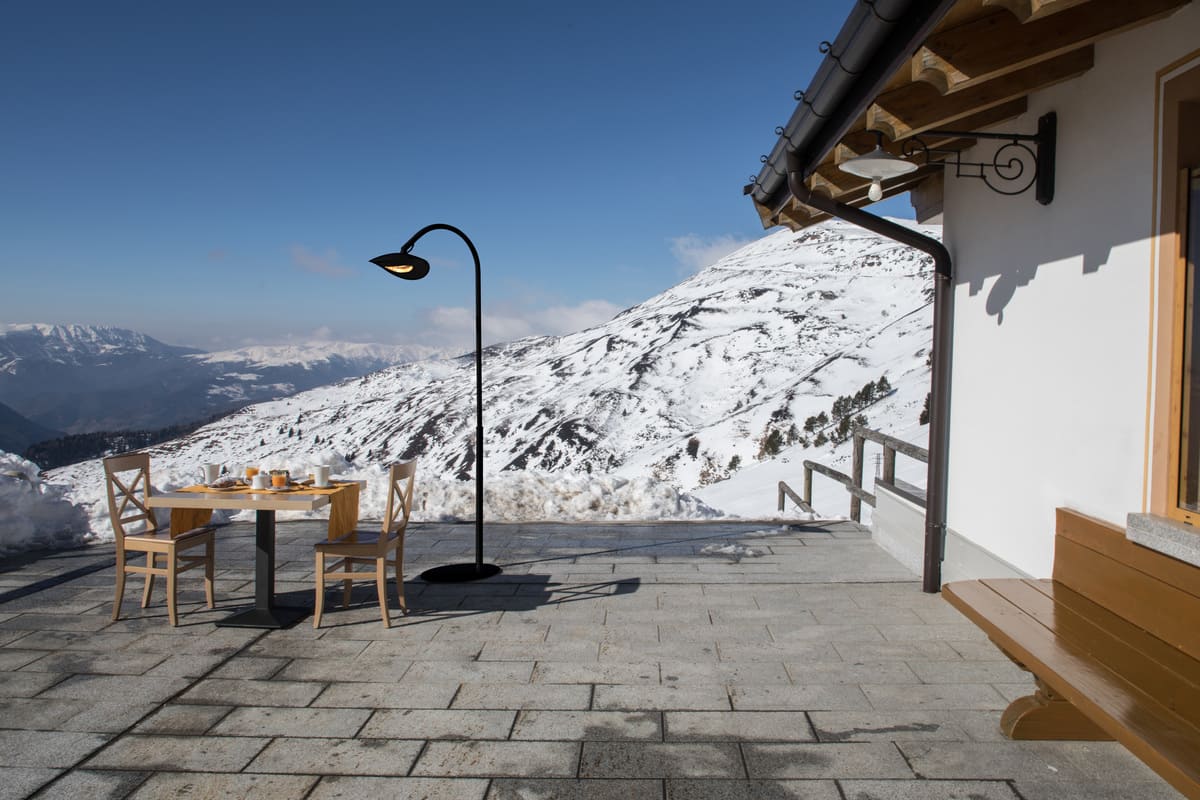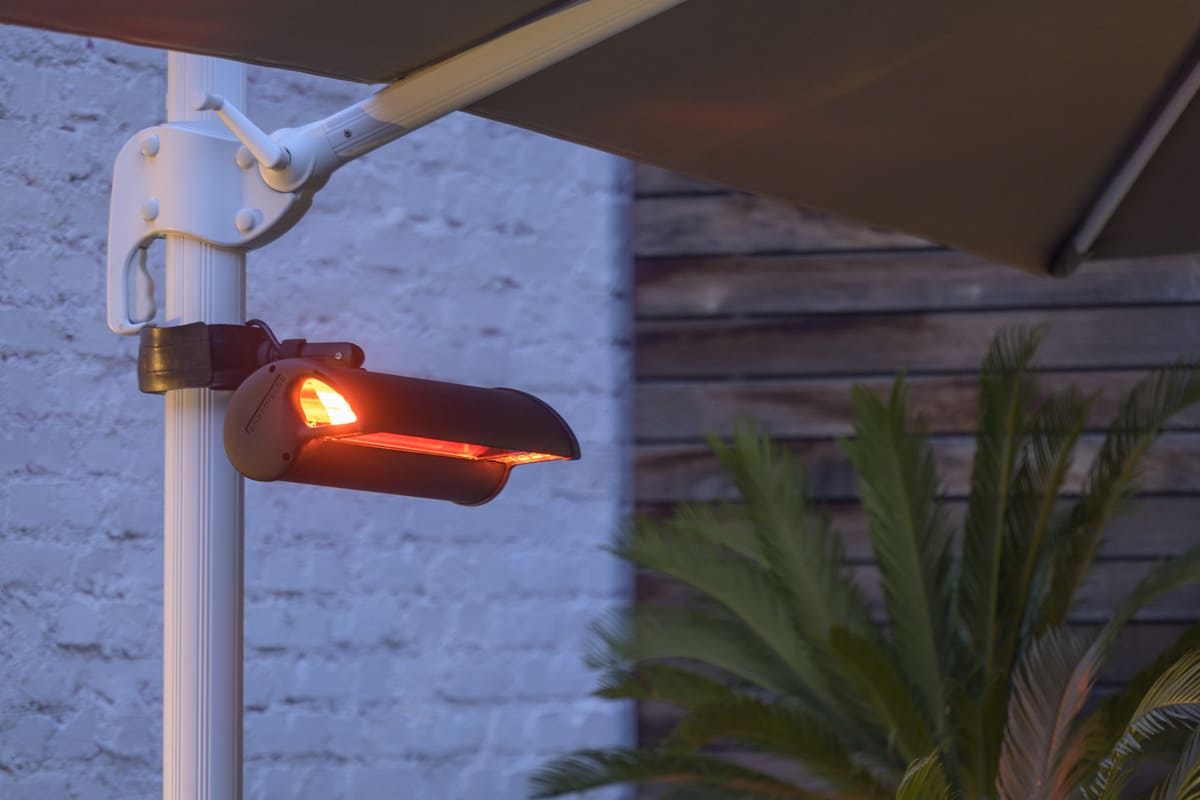With the arrival of colder weather, enjoying outdoor spaces can seem like a challenge. However,…

History of the first infrared heaters
Many people are starting to consider purchasing infrared heating systems in their homes as new, highly efficient heating panels have been developed that can reduce costs. And, perhaps equally important, integrate with the surrounding environment. Although we have worked hard in recent years to insulate and heat homes and offices in increasingly greener ways, most people still don’t realize that there are always new solutions coming along.
Most heating systems use a convection system where, for example, boilers heat water to be transported around a building via a network of copper pipes. Infrared radiation works by heating particular objects such as walls, floors, furniture and even people’s bodies.
Who discovered infrared
We have astronomer and scientist William Herschel to thank for the discovery and naming of infrared heat. At the beginning of the 19th century, the man who discovered Uranus decided to turn his attention to the study of light. At that time it was known that sunlight could be separated into its component colors or spectrum using a simple glass device called a prism.
Herschel went further when, while studying sunspots, he noticed that using a red filter on his telescope caused an increase in heat. This was how he discovered an invisible light which he later called infrared as he thought it was something found “below the red light”. Today we use its properties in various ways from new heating technology and scientific studies such as meteorology.
Infrared heating wasn’t seriously considered until the start of World War II, when it was used for things like drying paint and heating metals in factory manufacturing processes. Although the power intensities were quite low compared to today’s technology, they proved to be very effective.
Prior to this, manufacturers had used fuel convection ovens which were much more expensive. The use of infrared during the war years continued thereafter and revolutionized many of our manufacturing processes.
First infrared heaters
Early infrared heaters tended to use what’s called shortwave infrared, the radiation closest to red in the light spectrum. This has the potential to carry a large amount of heat.
Although many people began using them in the late 1960s and 1970s to replace coal fires, they were most often seen in workshops and factories. They saw a slight decline in production when people started moving towards central heating systems, but have recently seen a strong recovery.
Today’s infrared heating
With the development of new green technologies in the late 20th and early 21st centuries, a greater effort has been made to develop heating via the long-wave infrared spectrum which produces a lower level of heat. More popular across Europe in countries like Germany and Norway, infrared panels are now starting to become part of our lives in Italy as people start to see the benefits.




 WhatsApp
WhatsApp